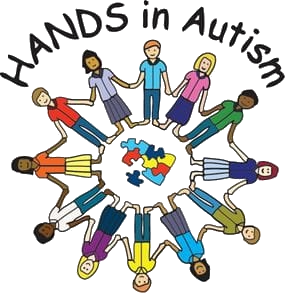Why Do People with Autism Like Trains?

One of the fascinating aspects of autism spectrum disorder (ASD) is the presence of specific interests or obsessions that individuals with autism may develop. One such common interest that has garnered attention is a fascination with trains.
The allure of trains for people with autism can be attributed to several factors. Firstly, trains offer predictability and routine, which are comforting for individuals with autism who may thrive on structure and familiarity. The rhythmic movement of trains, along with the sound of tracks and whistles, can provide a sense of order and consistency in an otherwise chaotic world.
Moreover, trains are often associated with intricate systems and patterns, appealing to the logical and analytical thinking style that many individuals with autism possess. The complexity of train networks, including schedules, routes, and timetables, can engage individuals with autism’s keen attention to detail and love of order.
Additionally, trains offer a sensory-rich experience, with sights, sounds, and tactile sensations that can captivate individuals with autism’s heightened sensory processing abilities. The tactile experience of holding model trains or feeling the vibrations of a passing train can be particularly satisfying for some individuals with autism.
Furthermore, trains hold cultural significance and nostalgia for many people, evoking memories of childhood or past experiences. For individuals with autism, trains may represent a source of comfort and joy, providing a sense of connection to the world around them.
In conclusion, the fascination with trains among people with autism is a multifaceted phenomenon that encompasses elements of predictability, structure, sensory stimulation, and cultural significance. By understanding and embracing individuals’ unique interests and passions, we can better support and celebrate the diversity of the autism community.


